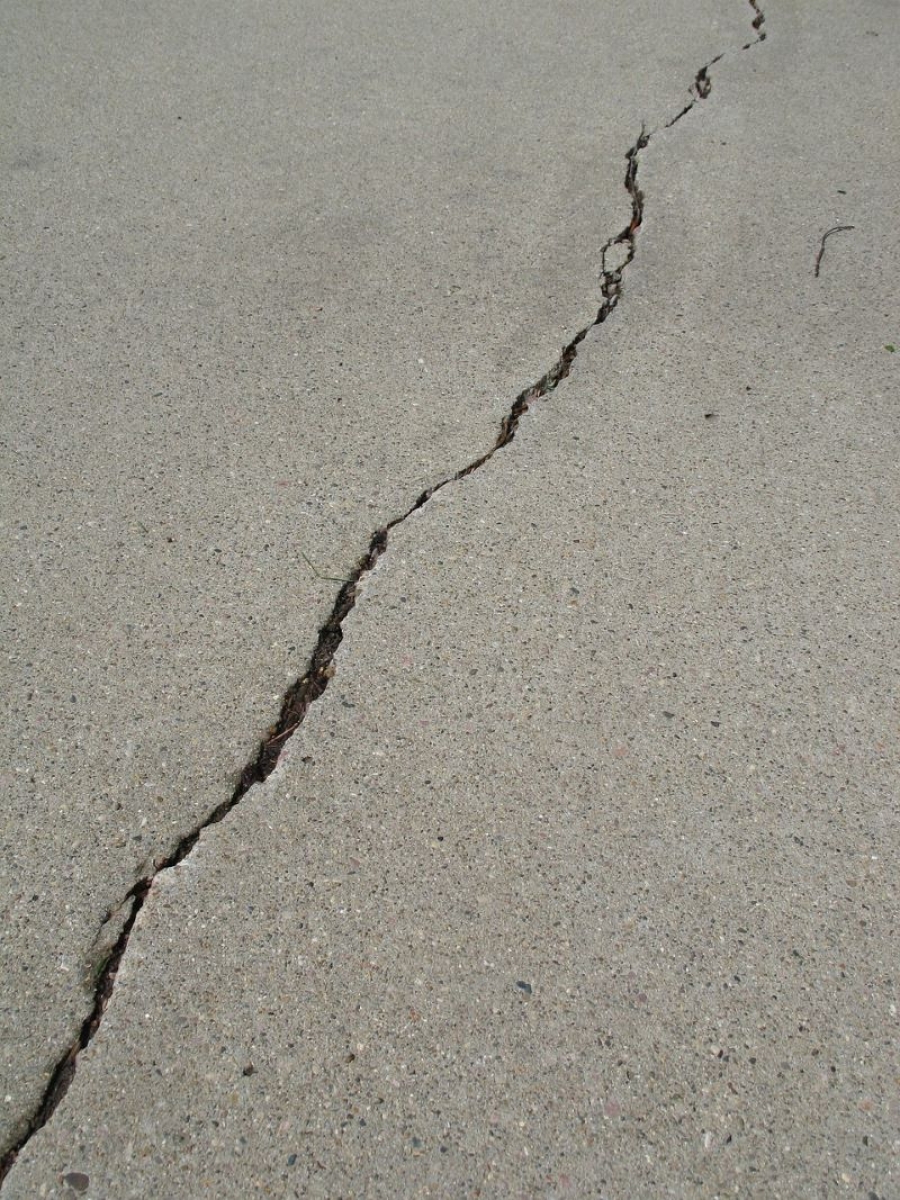Concrete repair is a critical component of property maintenance, and as with many other fields, advances in technology bring new techniques that complement or even replace traditional methods.
For the inexperienced homeowner or the DIY enthusiast, understanding the difference between traditional and modern concrete repair methods can make all the difference when choosing the concrete repair contractor.
While looking through various concrete repairs near me that are available, knowledge about the differences between traditional and modern methods helped me choose the best option for my needs.
To shed light on this crucial subject, I'll dissect traditional and modern approaches to concrete repair, examining their processes, benefits, and situations where each is best employed.
Understanding Traditional Concrete Repair Techniques
Before the advent of modern machinery and advanced materials, early repair methods largely relied on hand tools and basic principles. These time-tested techniques include:
Patching
Patching is the process of filling holes or uneven surfaces with fresh concrete. The damaged area is cleaned out, often with chisels and hammers, to create a clean, even space for the patch material. Water is added to the mix to create a state of plasticity, enabling it to be shaped and troweled smoothly.
Stucco
Stucco, a mix of sand, water, and often lime and other binding agents, has been used for centuries for both decorative and functional purposes. Varieties like traditional stucco require a solid, porous substrate to bond and typically involve multiple layers for added strength and weather resistance.
Hydraulic Cement
A fast-setting repair material, hydraulic cement or 'water-stop', becomes rock-hard when cured. It's designed to set quickly and can be used to plug leaks or make otherwise urgent repairs, such as fixing a pipe-shaped hole in a wall or floor.
Epoxy Injections
For cracks that need structural repair, epoxy injections can be a solution. This method involves sealing a crack by injecting a two-part epoxy directly into it. The epoxy then hardens, effectively 'stitching' the concrete back together.
Lime Mortar
Lime mortar is a type of mortar that is slightly softer than traditional cement-based mixtures, making it ideal for repairs to historic structures or anywhere a more flexible material might be desired.
The Rise of Modern Concrete Repair Techniques
Modern concrete repair methods benefit from the advancements made in construction technology, chemical engineering, and material science. Here are some contemporary approaches:
Slabjacking or Mudjacking
This process involves pumping a mortar-based material under pressure to raise or support concrete slabs. It's particularly useful for sunken or uneven slabs, like those found in driveways or walkways.
Shotcrete
Shotcrete involves spraying concrete onto a surface at a high velocity using compressed air. This method is great for forming complex shapes, covering large areas quickly, and can offer better durability and waterproofing compared to traditional casting.
Polymer-Modified Overlays
These overlays are composed of a cementitious base, enhanced with polymer resins that improve adhesion, flexibility, and compressive strength. They are often used to resurface existing concrete, offering a more aesthetically pleasing and durable finish.
Self-Compacting Concrete (SCC)
SCC is a highly flowable concrete that requires no external compaction and fills formworks on its own. Its high mobility makes it excellent for complex-shaped repairs or for areas with a high density of reinforcement where traditional compaction is challenging.
Carbon Fiber Reinforcement
When it comes to reinforcing concrete, carbon fiber sheets are a modern solution. They provide additional strength to existing structures and can even be used as a permanent solution to prevent future cracking.
Choosing the Right Method for Your Concrete Repair Needs
With these various methods of concrete repairs near me, the decision on which to employ comes down to several factors, including the nature of the damage, the desired outcome, and the available budget and timeframe.
For instance, if aiming for a quick, immediate fix in a heavily trafficked area, a modern approach like Slabjacking might be the most convenient. On the other hand, if working on a smaller, more decorative surface and wanting to adhere to traditional building practices, a method like trowel-applied repair or stucco may be more appropriate.
It's also important to consider the experience level of the person conducting the repair. Some modern techniques require specialized equipment or training, which could mean a higher cost if hiring a professional. Traditional methods, however, might be more approachable for a DIYer.
The Environmental Factor
Another vital consideration in the modern age is sustainability. Traditional methods might involve the use of more natural and less energy-intensive materials, while modern techniques might offer longer-lasting results, reducing the need for frequent repairs and industrial emissions.
The Age of the Structure
The age of the concrete also plays a significant role in the selection of repair methods. Historic structures, for example, often require materials and methods that match the original construction to maintain their integrity and preserve their value.
Cost and Durability
Considering the life cycle cost of the repair is crucial. A cheaper fix now might result in higher costs down the road if it's less durable or doesn't address the root problem. Modern repair materials are often formulated to withstand harsher conditions or last longer, potentially making them a more cost-effective long-term solution.
Local Building Codes and Standards
Ensure that the repair method complies with local building codes and standards. If you're unsure, consult with a licensed contractor or engineer to determine the most appropriate approach.





